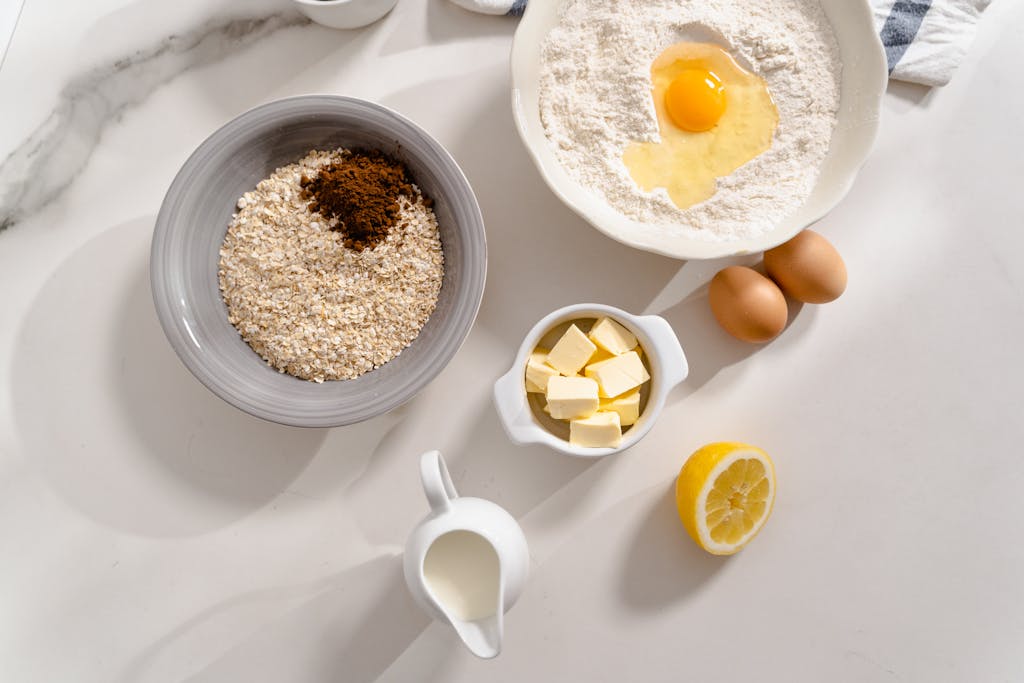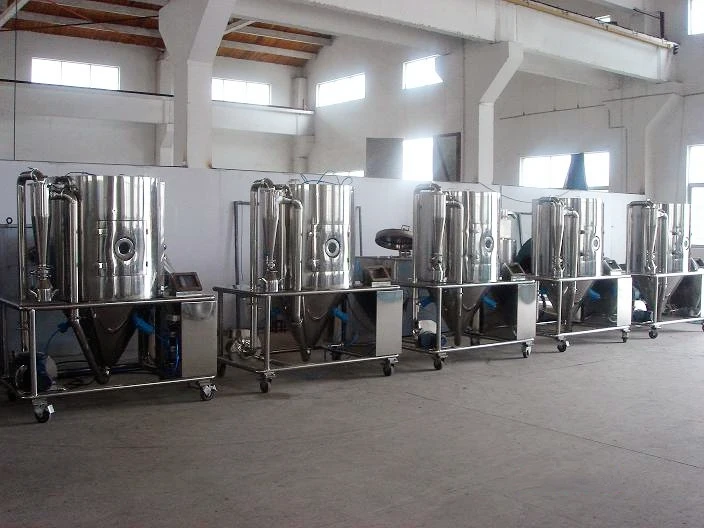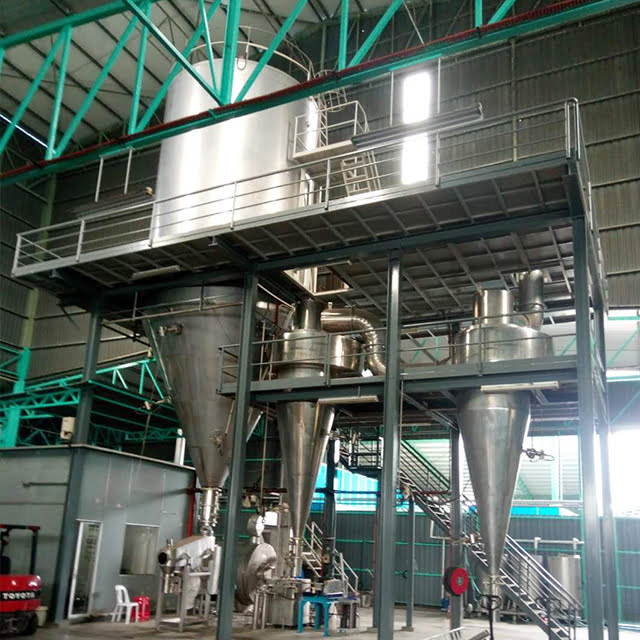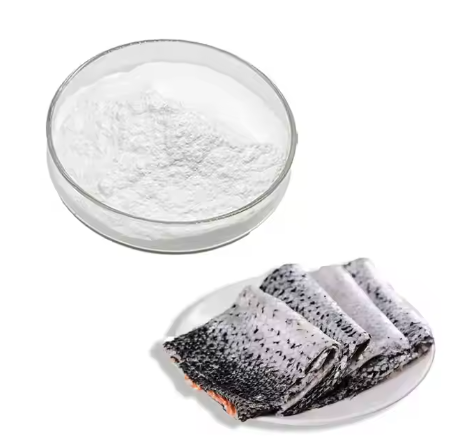什么是热风炉及其工作原理

You use a hot air oven to sterilize items in laboratories with dry heat. This electrical device helps you keep glassware, 粉末, 油类, and metal tools such as scalpels and scissors free from germs. Louis Pasteur introduced this method to make laboratory work safer. You should avoid putting rubber, 塑料, or surgical dressings inside because they can get damaged by the high temperatures.
关键要点
A hot air oven sterilizes items using dry heat, making it ideal for glassware, 金属, and powders that cannot get wet.
Understanding the principles of heat conduction and convection helps ensure even heating and effective sterilization.
Choose the right temperature and time settings for sterilization to achieve reliable results; for glassware, use 170°C for 30 minutes.
Regular maintenance and safety precautions are essential to keep the oven functioning well and to prevent accidents.
Select the appropriate type of hot air oven based on your needs; gravity convection ovens are cost-effective, while mechanical convection ovens offer better temperature control.
Hot Air Oven Working Principle

Heat Conduction and Convection
You rely on two main scientific principles when you use a hot air oven: heat conduction and convection. The oven heats up using electric coils. These coils warm the air inside the chamber. A fan or exhaust system moves this hot air around, making sure every part of the oven gets the same temperature. This movement is called convection. It stops heat from pooling in one spot and helps you sterilize items evenly.
Convection ovens use a fan and exhaust system to circulate hot air.
The moving air prevents heat from collecting in one area.
You get a consistent temperature throughout the oven, which means better sterilization.
If you use a traditional oven without a fan, you might notice some areas get hotter than others. A hot air oven with convection keeps the temperature steady, so you do not have to worry about uneven heating.
Sterilization Process
You sterilize items in a hot air oven by exposing them to high temperatures for a set amount of time. The electric coils heat the air, and the fan spreads this heat evenly. You place your glassware, metal tools, or powders on adjustable trays inside the oven. The double-walled insulation keeps the heat inside, saving energy and making sure the temperature stays stable.
Here is a table showing common temperature and time settings for sterilization:
温度 (℃) | Duration |
|---|---|
160 | 2 hours |
170 | 1 hour |
180 | 30 minutes |
200 | 10 minutes |
You can see that higher temperatures let you sterilize items faster. The chart below shows how increasing the temperature reduces the time needed for sterilization:

When you set the temperature, the thermostat helps you control it precisely. Most hot air ovens let you choose temperatures from 50°C to 300°C. The insulation keeps the heat inside, and the fan makes sure the air moves around all the items. You avoid hot spots and get reliable results every time.
提示: Always check the recommended temperature and duration for the items you want to sterilize. For glassware, you usually set the oven to 170°C for 30 minutes or 160°C for 60 minutes.
Louis Pasteur first developed this dry heat method to make laboratory work safer. Today, you use the same principles to keep your tools free from germs. The ventilation system and air circulation help you get fast, effective sterilization. You can trust a hot air oven to deliver consistent results when you follow the right settings.
Hot Air Oven Uses

Laboratory Applications
You often use a hot air oven in laboratories for many important tasks. This device helps you keep your work area safe and your results accurate. Here are some common ways you use it:
Sterilization: You sterilize glassware, metal tools, and powders that cannot handle moisture.
烘干: You remove moisture from samples to avoid errors in experiments.
Baking and Curing: You harden materials under controlled heat.
Material Testing: You check how well materials handle heat.
Microbiological Work: You make sure your tools stay free from germs during microbial studies.
Industrial and Food Labs: You dry food samples and sterilize containers.
笔记: You choose a hot air oven when you need to sterilize items that steam or moisture could damage.
You may wonder how this method compares to others. The table below shows the main differences between a hot air oven and an autoclave:
特征 | Hot Air Oven | Autoclave |
|---|---|---|
Best for | Dry materials (glassware, metal, 粉末) | Moist items (surgical instruments, lab coats, culture media) |
Sterilization time | Longer (1.5 到 2 hours at 160°C) | Faster (15 到 30 minutes) |
Moisture usage | Does not use moisture, no risk of water damage | Uses steam under pressure |
安全 | Safer and simpler, no pressure parts | Requires handling precautions due to steam pressure |
Other Common Uses
You also find hot air ovens outside the lab. Many industries and healthcare settings rely on them for different reasons:
Heat treatment of metal parts
Drying materials and samples
Decontaminating glassware and containers
Running aging tests on materials
Removing water from samples (desiccation)
Baking and curing coatings
Evaporating solvents
Testing heat resistance
Preheating or conditioning samples
In hospitals, you use hot air ovens to sterilize items that cannot get wet. This method helps you prevent infections and meet strict safety rules. 这 growing need for reliable sterilization in healthcare and industry means you will see these ovens used more often.
Hot Air Oven Types
Gravity Convection
You use a gravity convection hot air oven when you want a simple and gentle way to heat or dry items. This type of oven does not use a fan. Instead, it relies on natural air movement. Hot air rises while cooler air sinks. This creates a slow circulation inside the chamber. You often choose gravity convection ovens for lightweight materials or samples that could get disturbed by strong air currents. These ovens cost less and use less energy, making them a good choice for basic drying or sterilizing tasks.
笔记: Gravity convection ovens work best for simple applications where you do not need perfect temperature uniformity.
Mechanical Convection
Mechanical convection ovens, also called forced air ovens, use a blower fan to move hot air around the chamber. You get even heating and faster drying because the fan spreads the heat everywhere. This type of oven works well when you need accurate and uniform temperatures. You often use mechanical convection ovens for multiple samples or when you need to dry items with higher moisture content.
You get faster heat-up times.
You see better temperature control.
You can handle more demanding sterilization tasks.
Recent designs include cyclone fans and smart controls. These features help you save energy and keep the temperature steady within a few degrees.
Types Compared
You may wonder which oven fits your needs. The table below shows the main differences:
Type of Oven | |
|---|---|
Gravity Convection | Relies on natural air movement; hot air rises and cool air sinks, leading to less uniform heating. |
Mechanical Convection | Uses a blower fan to circulate warm air, ensuring uniform heat distribution throughout the chamber. |
Gravity convection ovens cost less and work well for simple drying.
Mechanical convection ovens give you even heating and better results for complex tasks.
The market shows that gravity convection ovens remain popular because they are affordable and easy to use. 然而, more labs and hospitals now choose mechanical convection ovens for their speed and accuracy. As technology improves, you see features like IoT monitoring and better 能源效率 in both types.
提示: Think about your budget, the type of samples you handle, and how precise your results need to be before you choose a hot air oven.
优点和缺点
优点
You gain several important benefits when you use a hot air oven for sterilization. This device uses dry heat to kill bacteria, fungi, and other microorganisms. The process works by causing oxidation of microbial proteins, which leads to cell death. You can trust this method to keep your tools and materials safe.
You can sterilize items that moisture would damage, such as powders and oils.
You avoid corrosion because dry heat does not harm sensitive instruments.
You save money over time since dry heat sterilization has low operational costs.
You ensure complete sterilization by keeping high temperatures (160–250°C) for a set time.
You do not need water or steam, so you prevent water damage to your items.
提示: For effective sterilization, keep the oven at 160°C for at least 60 minutes. This ensures all germs are destroyed.
You also find that hot air ovens are easy to use. You set the temperature and timer, then let the oven do the work. The process is simple and reliable for many laboratory and industrial tasks.
缺点
You should also know about the limitations of hot air ovens. Some tasks may not suit this method.
You need to wait longer because sterilization takes more time than with an autoclave.
You cannot use this oven for liquids or heat-sensitive materials like plastics.
You may face higher upfront costs if you choose advanced models.
You use more electricity, which can raise your running costs.
You might see uneven heating, which can affect sterilization quality.
You risk damaging items if the temperature control is not precise.
笔记: Hot air ovens work best for dry, heat-resistant items. Avoid using them for materials that can melt or get damaged by high temperatures.
You should always check if your items can handle dry heat before using a hot air oven. This helps you avoid damage and ensures safe, effective sterilization.
Safe Use and Maintenance
Safety Tips
You must use a hot air oven with care to keep yourself and your lab safe. High temperatures can cause accidents if you do not follow safety rules. Here are some important tips:
Place the oven in a clean, dry room with space around it for air to move.
Check the power supply and voltage before turning on the oven.
Never heat flammable, 爆炸物, or volatile items inside the oven.
Always wear heat-resistant gloves and safety goggles when handling hot trays or samples.
Wait for the oven to cool before cleaning or removing items.
Use proper tools to handle hot materials and avoid touching the oven’s surfaces.
Make sure the room has good ventilation to prevent buildup of fumes.
Do not overload the oven or block air vents.
笔记: Common hazards include fire from overheating, burns from hot surfaces, and exposure to toxic fumes. Equipment problems, like faulty sensors or poor seals, can also cause safety risks.
Here is a table of frequent user errors and their effects:
User Error | What Can Happen |
|---|---|
Overheating samples | Fire or damage to items |
Poor door seal | Uneven heating, heat loss |
Power supply issues | Short circuits, temperature swings |
Air blower failure | Hot spots, poor sterilization |
Maintenance Guidelines
Regular care keeps your hot air oven working well and helps it last longer. You should follow these steps:
Inspect the oven for damage or wear before each use.
Clean the inside and outside with a mild detergent after the oven cools.
Check the electrical system for signs of wear or corrosion.
Test the temperature controls and alarms often to make sure they work.
Keep a record of all maintenance and repairs.
Only let trained people operate or service the oven.
Never use sharp tools near the oven to avoid scratches or dents.
Read and follow the product manual for all procedures.
提示: Plan regular inspections and calibrations. This helps you catch problems early and keeps your results accurate.
You should also avoid using materials that are not allowed in the oven. Keep the area around the oven free from flammable or corrosive substances. Good maintenance and safe habits protect you, your samples, and your equipment.
You use a hot air oven to sterilize and dry many materials in labs and industries. This device gives you uniform heating and precise temperature control. You keep your work safe and efficient by following best practices and regular maintenance.
Hot air ovens work well for glassware, 金属, and powders.
They help prevent cross-contamination and store sterilized items safely.
You should choose an oven based on size, temperature needs, and safety features.
Criteria | What to Consider |
|---|---|
均匀度 | Even temperature everywhere |
Chamber Size | Enough space for your materials |
Control Options | Easy and safe to operate |
You get the best results when you match your oven to your needs and use it safely every time.
常问问题
What items can you safely sterilize in a hot air oven?
You can sterilize glassware, metal tools, 粉末, 和油. Avoid placing plastics, rubber, or liquids inside. These materials can melt, burn, or get damaged by high heat.
How do you know when sterilization is complete?
You check the timer and temperature settings. Most ovens have alarms or indicators. Always follow the recommended time and temperature for your items.
Can you use a hot air oven for food?
You should not use a laboratory hot air oven for food. These ovens are for scientific or industrial use. Food ovens have different safety and cleanliness standards.
What should you do if the oven overheats?
Turn off the oven right away. Let it cool before opening the door. Check for any damage or error messages. Contact a technician if you see problems.
How often should you clean your hot air oven?
You should clean the oven after each use. Wipe the inside and outside with a mild detergent. Regular cleaning keeps your oven safe and working well.






